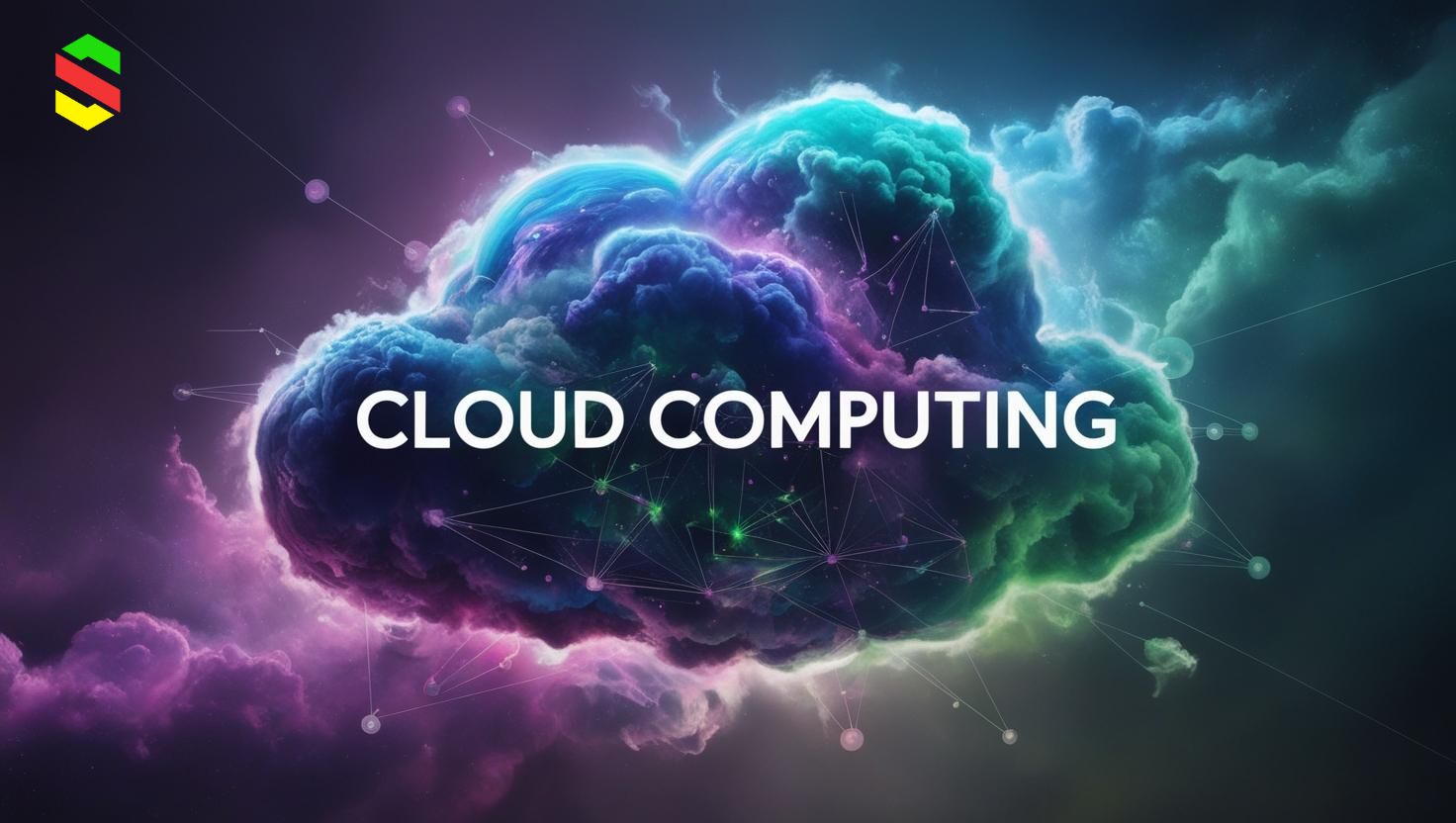
Cloud Computing: The Future of Digital Technology
In today’s fast-paced technological world, Cloud Computing has become one of the most essential tools helping businesses and individuals achieve efficiency and flexibility in utilizing digital resources. Cloud computing provides computing services over the internet instead of relying on traditional hardware, making it easier to access data and applications anytime, anywhere. But how does this technology make a difference in the world of business and IT?
1. What is Cloud Computing?
Cloud computing refers to the delivery of IT services over the internet, including:
.1 Cloud Storage: Services like Google Drive and Dropbox allow users to store and access their data from any device.
.2 Virtual Servers: Providing flexible computing environments without the need for physical hardware.
.3 Software as a Service (SaaS): Applications like Gmail and Microsoft 365 can be used directly via the internet without installation.
2. Benefits of Cloud Computing
Cloud computing offers numerous advantages, making it an ideal choice for businesses and individuals:
.1 High Flexibility: Users can scale resources up or down easily, reducing operational costs.
.2 Access from Anywhere: As long as you have an internet connection, you can access your data and applications from any device.
.3 Advanced Security: Cloud providers offer high levels of protection against cyber threats and data loss.
.4 Cost Reduction: Instead of purchasing expensive server hardware, businesses can use cloud infrastructure with monthly or annual subscriptions.
3. Types of Cloud Computing
.1 Public Cloud: Provided by companies like AWS and Microsoft Azure, accessible to anyone or any organization for a usage fee.
.2 Private Cloud: Operated within a specific organization to meet its unique needs, offering more security and privacy.
.3 Hybrid Cloud: A combination of public and private clouds, giving businesses greater flexibility and control over their data.
4. Challenges of Cloud Computing
Despite its many benefits, cloud computing faces some challenges, such as:
.1 Dependence on Internet Connectivity: Access to data may be limited in case of an internet outage.
.2 Security and Privacy Concerns: Even though cloud providers offer strong security, there are still concerns about data breaches.
.3 Ongoing Costs: While cloud computing reduces initial expenses, continuous subscriptions may become costly over time.
5. The Future of Cloud Computing
With the continuous advancement of Artificial Intelligence (AI) and the Internet of Things (IoT), cloud computing is expected to become even smarter and more integrated. Future trends include:
.1 Growth in Serverless Computing, reducing the need for infrastructure management.
.2 Enhanced Cloud Security using AI to detect and prevent cyberattacks in real time.
.3 Increased Cloud Adoption by Startups, allowing them to scale rapidly without large investments in hardware.
Conclusion
Cloud computing has become an essential part of digital transformation, offering a flexible and efficient solution for businesses and individuals to manage their data and applications smartly. As technology continues to evolve, the reliance on cloud computing will only grow stronger in the future.




